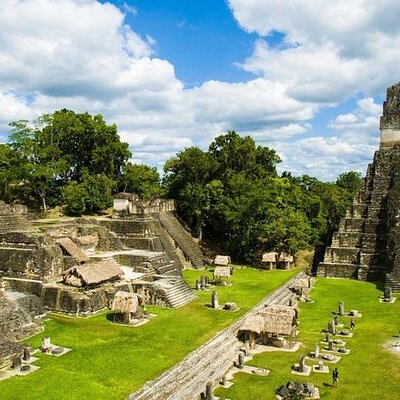Unlike many capital cities, Guatemala City—or Guate, as it is locally known—is not a city renowned for its beauty. As the second-best option for the colonial capital, chosen only after earthquakes ravaged nearby Antigua, it has often been a second-best choice for travelers too, especially given its slightly shady safety reputation. But, after years of being side-stepped by most tourists, the biggest city in Central America has been on a mission for redemption, transforming crime-riddled suburbs into buzzing social hubs with plenty of things to do, a place where glassy skyscrapers meet cosmopolitan streets and modern museums shine a light on the secrets of the past.





































